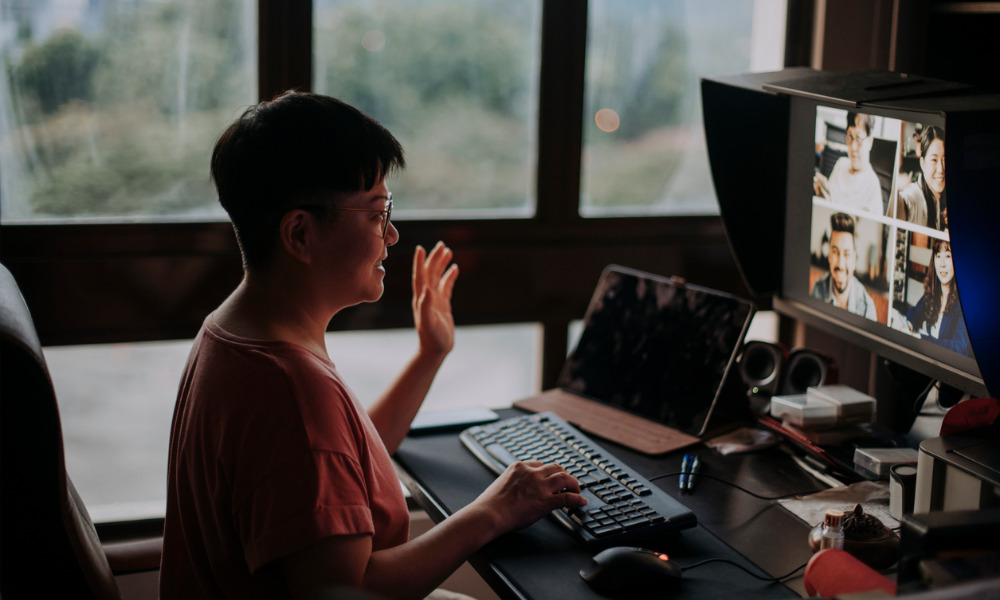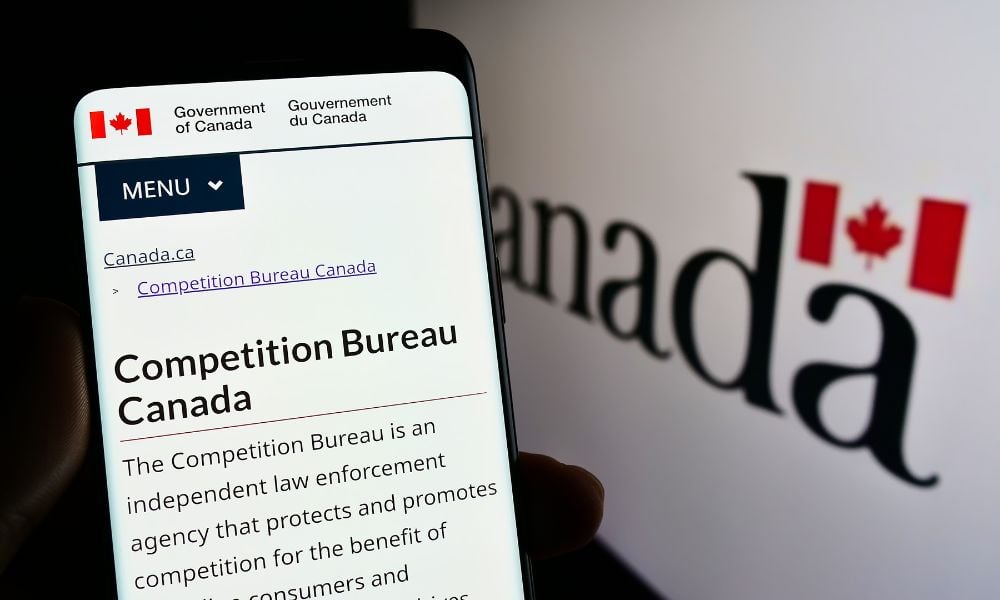‘How do you drive cohesion where we are physically distant?’

As many businesses slowly see employees fill seats when they return to the workplace, a new type of “blended” culture will inevitably need to be created, says one expert.
“We’re going to see more contract workers versus full-time employees. We’re going to see globally diverse teams that are working on asynchronous schedules, and workflows,” says Andrew Au, cofounder of the Intercept Group marketing consultancy in Toronto.
“When you think about hybrid teams in the fall, you’re going to have people that are going to return to the office and they’re going to work some online or some from home and some in the office.”
Managing the changes
The distance necessitated by the COVID-19 outbreak, has brought upon a radical change to how workers and managers view each other, he says.
“It’s not about the social interactions anymore. With calls with your colleagues or web calls, it is about the work, it’s transactional. That’s created this divide when it comes to culture; the culture of organizations that’s getting the ultimate stress test.”
The new challenge for managers is to create a level playing field, says Au, to strengthen culture and engagement.
“Now if you’re a manager: ‘I’ve got two people in a meeting room here; I’ve got two people that are at home.’ That’s a challenge. How do you create culture? How do you unify people? How do you drive cohesion where we are physically distant?”
One of the major issues that has arisen during the past few months of the coronavirus lockdown is a lack of confidence between workers and managers, he says.
“Managers are having a hard time trusting that their employees can be productive from home. You’re babysitting, you’re not managing; you’re checking up on your people, you’re not checking in with them. They are two very different things and then employees are also not trusting that the manager has their back. There’s a lack of trust.”

Andrew Au
To combat this feeling, certain tangible efforts can be done to try and replace previous habits and feel more comfortable within the current workplace situation, according to Au.
“Set a 15-minute commute ritual that gets you in the mode for work and then get you outside of the mode for work. What the commute did was it set a transition moment for us where we are now getting into work mode as we commute to work: that was a ritual.”
Continue to replicate previous behaviours, even though many are still working from home, that might create moments of true engagement, says Au.
“What you want to be doing is doing impromptu check-ins to create social interactions equally across the office and remote,” he says.
“One practical way you can do that you have a 30-minute meeting, as an example At the end of that 30-minute meeting, ask somebody to hang back for five or 10 minutes just to catch up on things; it doesn’t have to be only work.”
Business agility is seen as one of the key ways to thrive during the pandemic, according to another expert, while promoting a workplace culture that expects change to happen is also crucial to business survival, says a corporate trainer.
Because most employee feedback tends to be negative, says Au, managers must work to provide positive affirmation as well.
“We need to make an effort to send praise to people. Obviously, it’s easier when they’re [in the office]. You’ve got to use the tools to do praise properly for remote employees.”
And for HR, getting the message about change and its implications is more important than ever, says Au.
“You need to over-communicate: What are the policies about going to going back to work? When are we going back to work? What is changing in terms of the work environment, what’s changing in terms of processes? HR needs to be the hub of communication for this change.”




